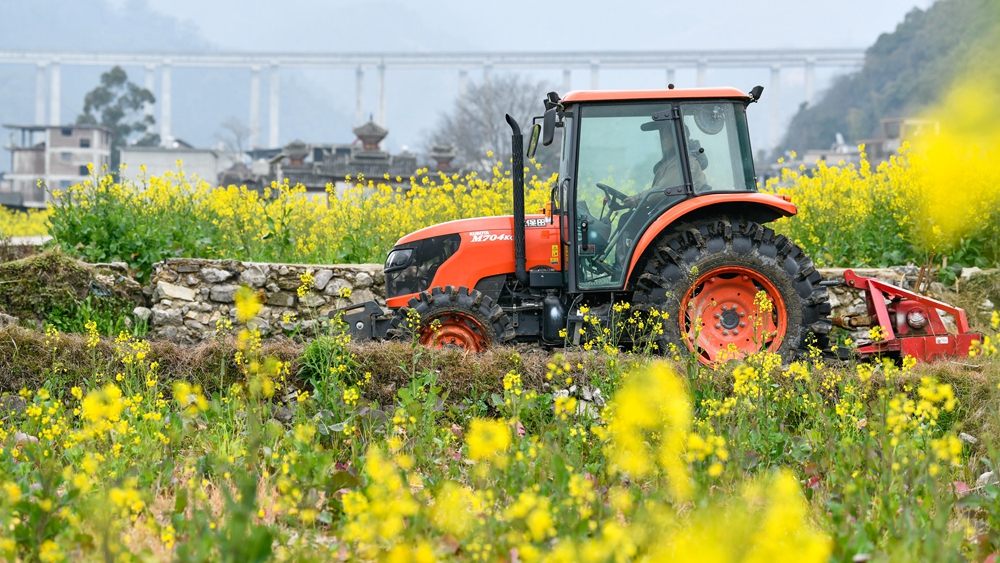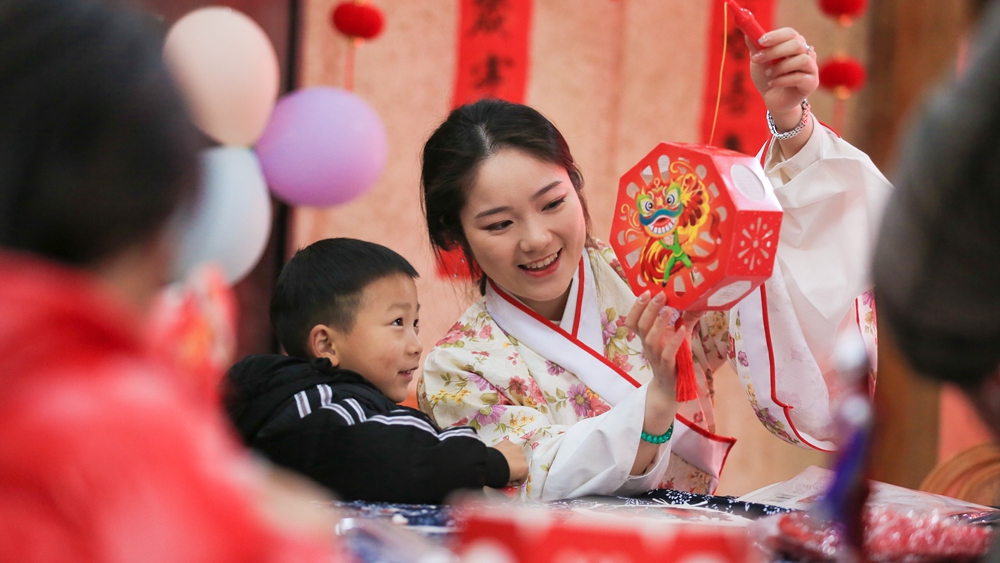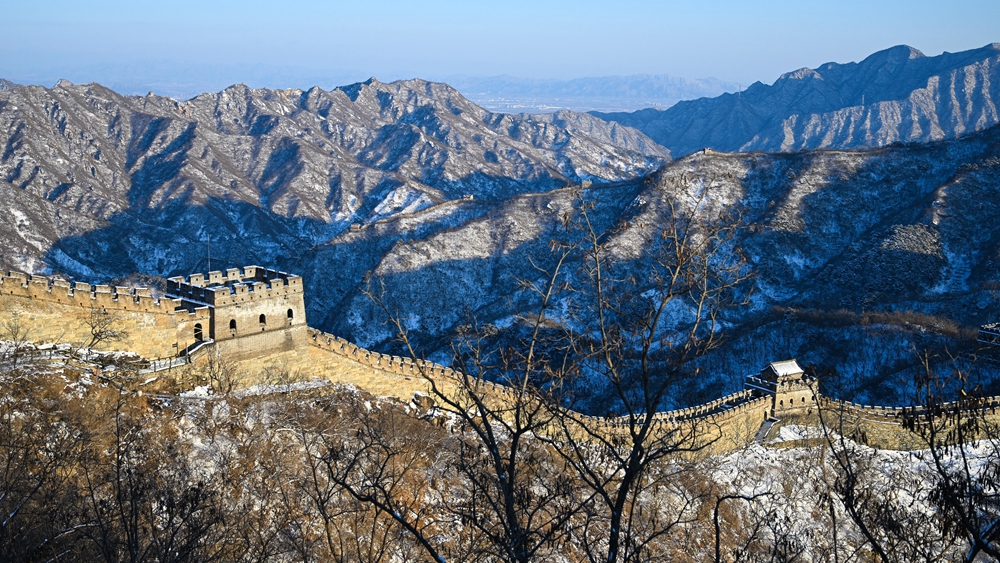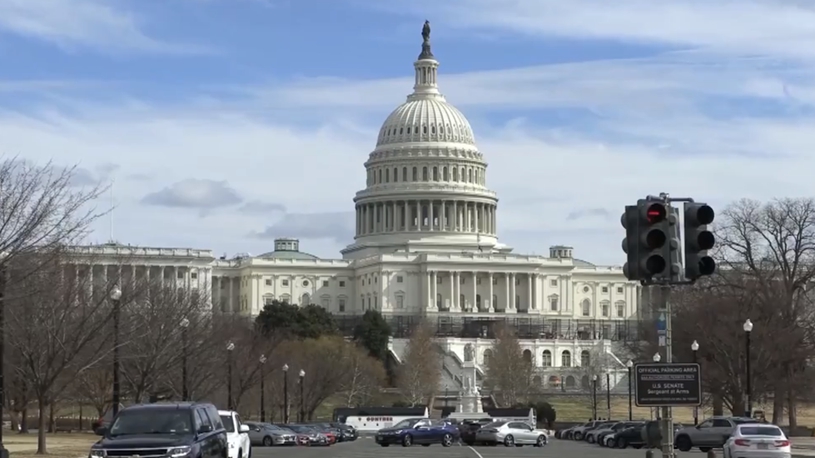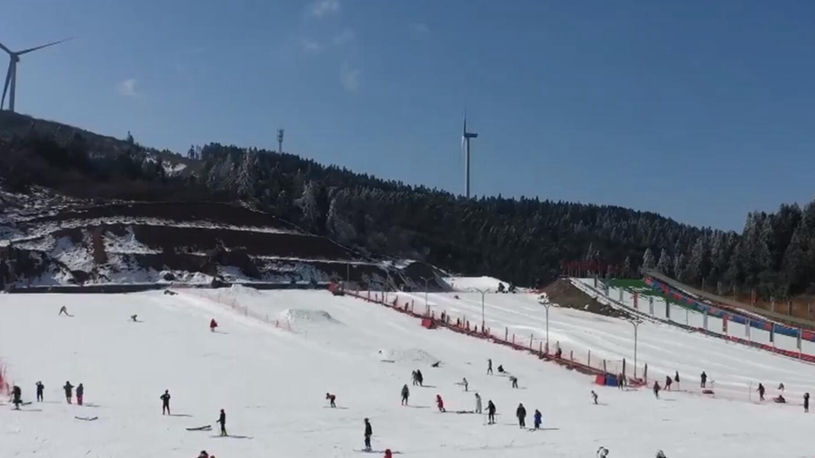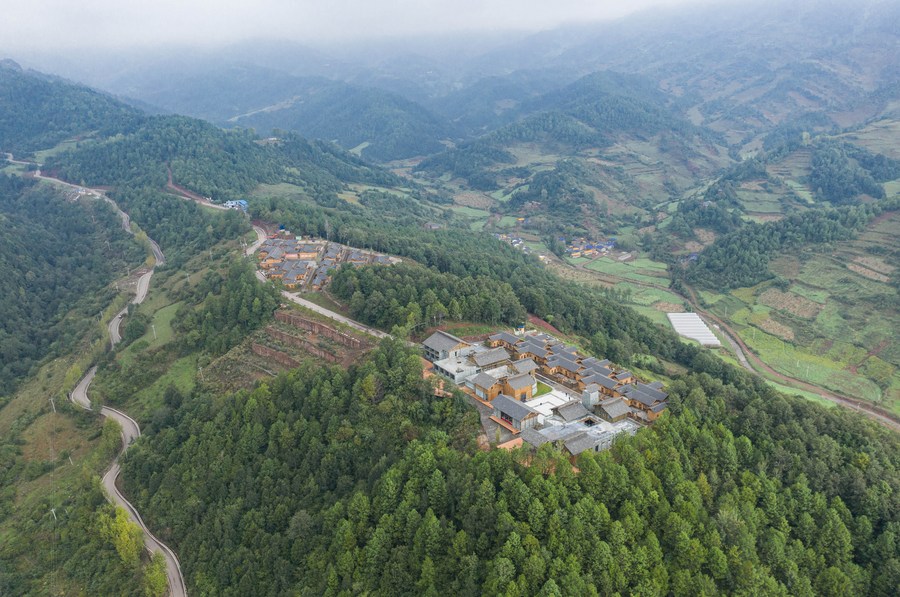
Aerial photo taken on Oct. 13, 2020 shows a resettlement area at Sanhe Village in Zhaojue County, Liangshan Yi Autonomous Prefecture, southwest China's Sichuan Province. (Xinhua/Zhang Xiaoyu)
BEIJING, Feb. 21 (Xinhua) -- In China, the first of the 24 solar terms of the Chinese lunar calendar is called "Lichun," or the "Beginning of Spring," which falls in early February every year. It is seen as the start of a promising season full of hope.
For Jihaoyeqiu, a villager in the mountainous Sanhe Village in southwest China's Sichuan Province, his memories of spring 2018 are particularly vivid: his family welcomed a special guest, President Xi Jinping.
About a year before Jihaoyeqiu welcomed the president into his home, Xi participated in deliberations with his fellow deputies from the delegation of Sichuan during the annual session of the National People's Congress, China's top legislature. During the deliberations, Xi told the deputies, "I have been to most of the country's 'contiguous impoverished areas' and will visit Lyuliang and Liangshan, where I have not yet been, as soon as possible."
True to his word, Xi, also general secretary of the Communist Party of China (CPC) Central Committee and chairman of the Central Military Commission, went to the Liangshan Yi Autonomous Prefecture during his inspection tour to Sichuan in February 2018.
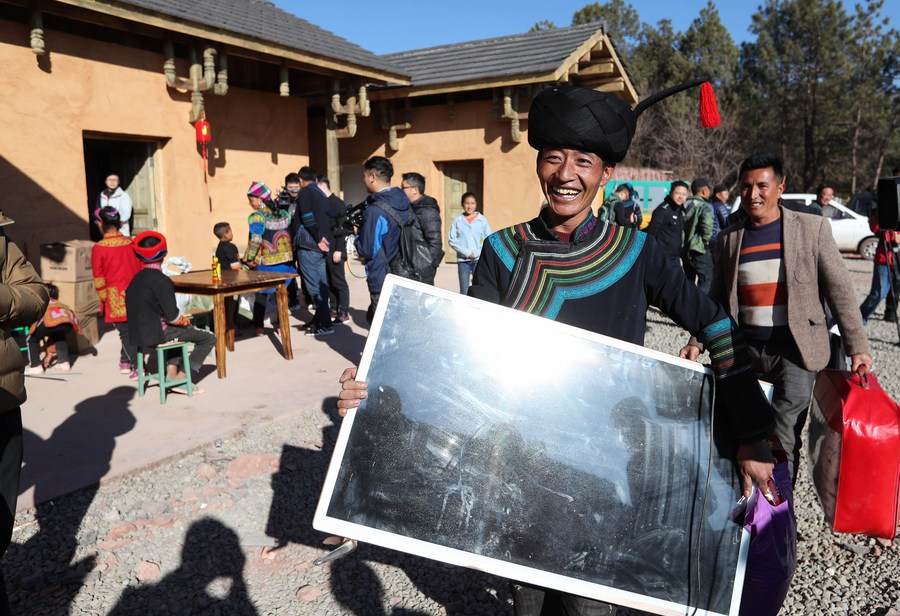
Villagers of the Yi ethnic group move into new houses for relocated residents at Sanhe Village of Zhaojue County in Liangshan Yi Autonomous Prefecture, southwest China's Sichuan Province, Feb. 11, 2019. (Xinhua/Jiang Hongjing)
Liangshan is home to China's largest ethnic Yi community. The prefecture had long struggled with grinding poverty due to rough terrain and a harsh natural environment as well as a lack of roads and amenities. Eleven of the prefecture's 17 county-level regions were key areas in the state's poverty alleviation campaign.
Xi went to the then impoverished Sanhe, a village 2,500 meters above sea level in the Liangshan prefecture.
Xi passed through a low courtyard gate and walked into Jihaoyeqiu's home. Before stepping over the threshold, he carefully read the poverty alleviation support card on the door of the house. He then took time to enquire how the family was getting along with their life and whether their children were attending school.
"I have always been concerned about the Yi people. I am very happy to be here and I am heartened to see that your lives are getting better," Xi said. Xi was happy to learn that villagers had increased their incomes by raising cattle and growing potatoes, peppers and walnuts.

Aerial photo taken on Jan. 8, 2022 shows a test bullet train running on the new Chengdu-Kunming railway in Dechang County, Liangshan Yi Autonomous Prefecture, southwest China's Sichuan Province. (Xinhua/Jiang Hongjing)
Over the years, the Liangshan prefecture had undergone a massive anti-poverty campaign, building over 10,000 kilometers of rural roads, relocating 350,000 residents to government-funded housing, and helping 215 villages develop a collective economy. More than 11,000 officials were sent to villages to assist in local anti-poverty battles.
In Sanhe, especially thanks to improved rural transport, villagers have found a path to develop their domestic industries. Today, local agricultural products such as potatoes, peppers and walnuts are sold beyond their mountains, markedly increasing incomes.
Xi, as the commander-in-chief of China's anti-poverty fight, promised that "the CPC will do whatever it takes to honor its commitment to the people."
Last year, China announced victory in its pursuit to eradicate absolute poverty. The authorities have been since then placing more emphasis on a strategy to modernize the vast countryside, or the rural vitalization drive.
During this year's pre-Spring Festival trip to Shanxi Province, Xi noted that the goal of building a modern socialist country cannot be attained without the modernization of agriculture and rural areas. ■



